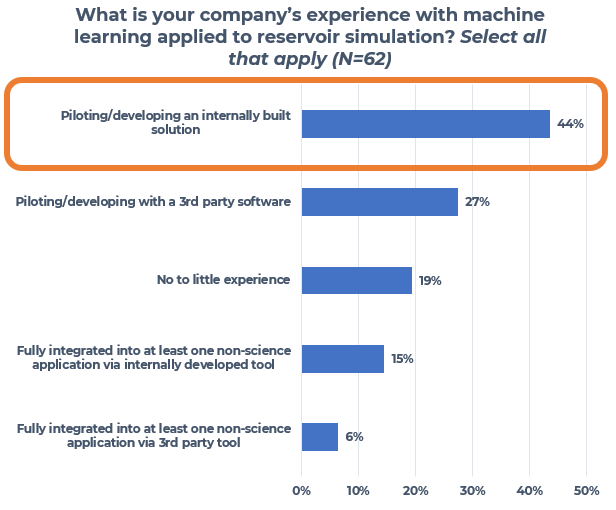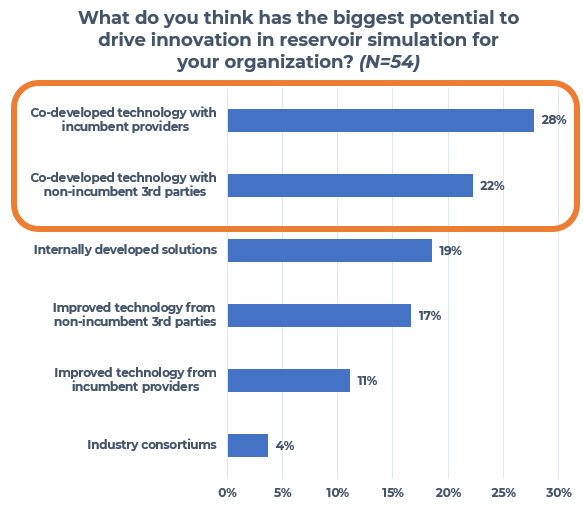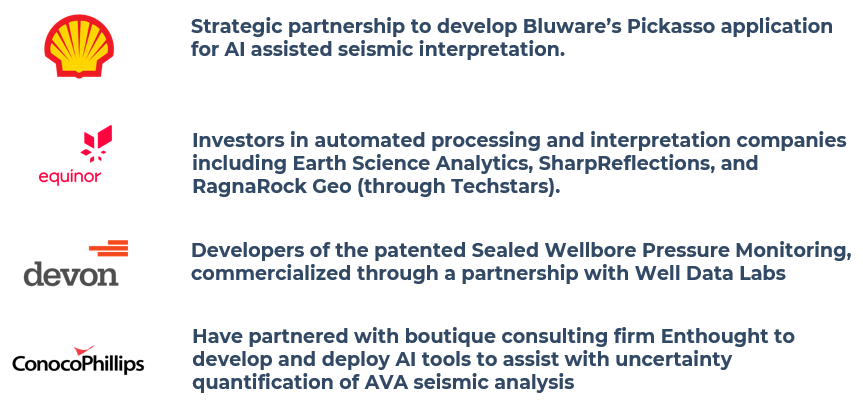Register
Co-Developed Innovation: The Alternative to Build vs Buy
Insight
•
Updated May 13, 2021
As the industry seeks to streamline innovation, the standard models of building in-house or buying externally are giving way to more collaborative approaches that offer the best of both worlds.

Jack Blears
Darcy Partners
Oil & Gas
Completions
Drilling
Production
Subsurface
A year and a month out from historically low oil prices and significant organizational changes caused by Covid-19, the dust of 2020 has mostly settled. Newly re-organized E&Ps are now looking to the future and evaluating what paths to innovation best suit them. While building internal solutions or buying externally remain the standard approaches, innovations in technology and business models are enabling hybrid options that can deliver the best aspects of both.
The Operator's Dilemma
When deciding to build vs buy a given technology, operators have to consider the tradeoffs of customization, exclusivity, and scalability. Data from Darcy's E&P members suggests that internally built solutions continue to be the most commonly deployed. The data below was collected at our recent Brownfield Optimization Forum and similar results have been observed at other events such as our AI-Backed DCA and Production Optimization Software Forums.
While internally built solutions can be fully customized for an E&P's specific needs and used to gain a competitive advantage, the industry's trend towards more with less has challenged the approach.
Co-Development Driving Innovation
While organizations are building internal technology solutions, as shown below, many within those organizations view co-developing solutions with technology providers as a more likely driver of innovation value.
Partnerships drive efficiency by shifting an E&P’s activities closer to their core competencies of challenge identification and solution deployment. Software development, maintenance, UI/UX development and commercialization are shifted into the hands of external parties who excel at these tasks.
Several notable examples of successful co-development partnerships have made headlines in the last few years:
These examples demonstrate that there are many approaches to co-development including building solutions on top of open source platforms, partnering with third parties to build a solution from scratch, and commercializing internally developed solutions. Additional benefits include faster product iteration and the ability for new applications and insights to develop through broader adoption.
The first step to any co-development strategy is for operators to identify potential partners and understand their capabilities. With these being core features of the Darcy Connect platform, we look forward to helping our members accelerate innovation within their organizations.





